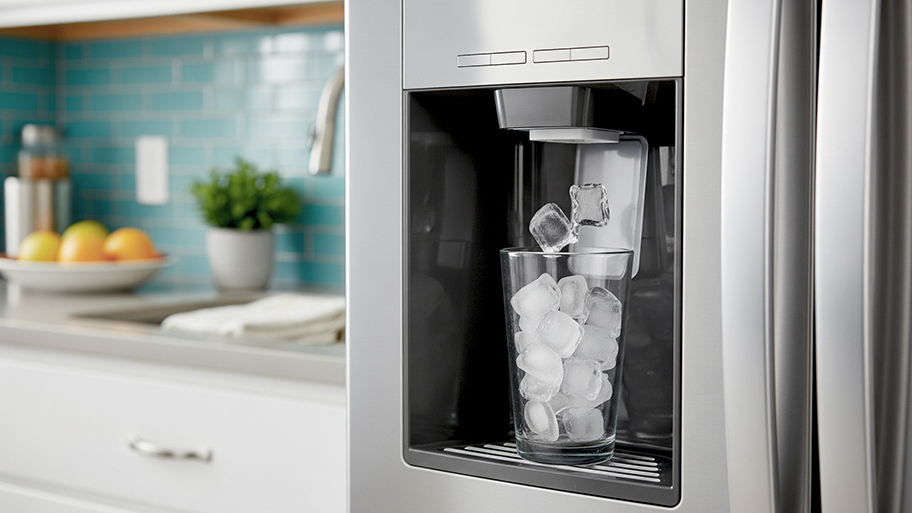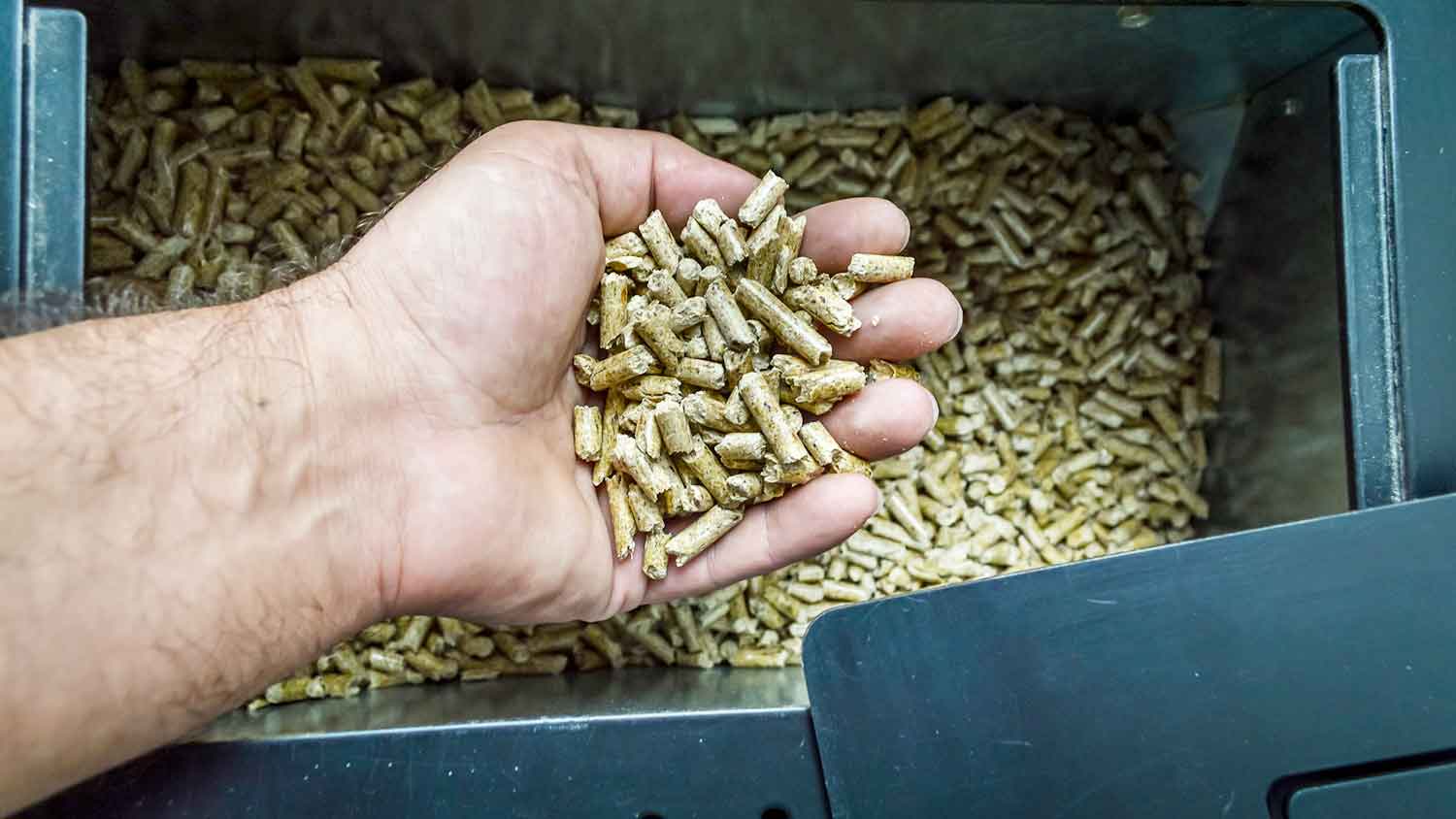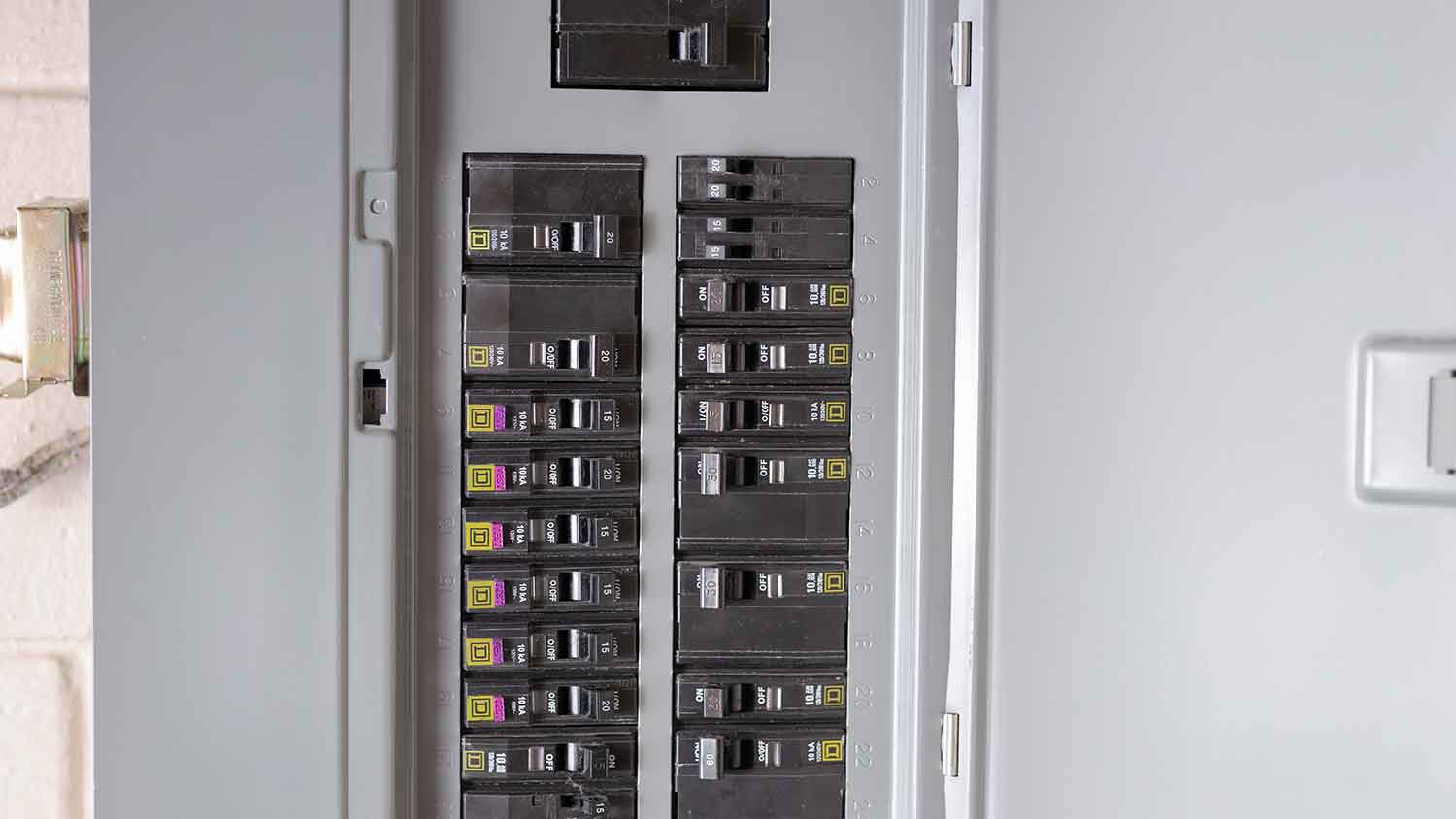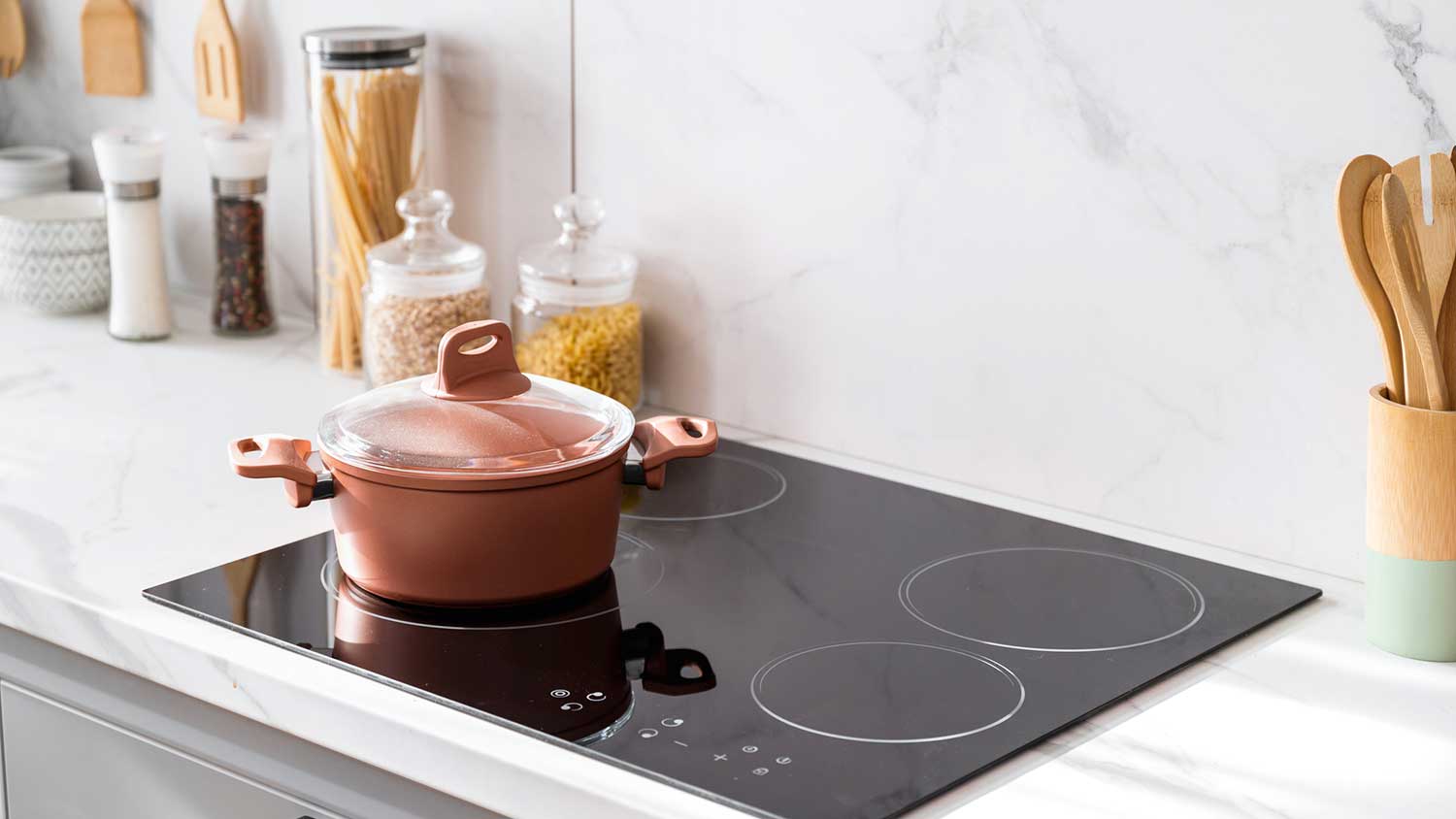
Discover the average ice maker repair cost, key price factors, and tips to save. Learn how to budget for your ice maker repair and when to repair or replace.
A spark of know-how will keep your home toasty


Pellet stove ignition starts with heating up the igniter rod.
Pellet stoves should ignite within a few minutes.
Blockages, pellet issues, and malfunctioning parts can all prevent ignition.
Call the pros if the issue is complex or your stove has a warranty.
Is your pellet stove not igniting when you need it to? It can be frustrating to rely on your stove for warmth only to find it won’t light. Several factors could be causing this issue, ranging from simple maintenance issues to more complex mechanical problems. Understanding these reasons can help you troubleshoot pellet stove problems and potentially fix them without extensive repairs. Let's dive into nine common reasons why your pellet stove might not be igniting and how to address them effectively.
A pellet stove ignites using a methodical process designed for efficiency. When activated, the stove's igniter rod heats up, initiating combustion of the pellets inside the burn pot. This controlled burning generates heat, which is then dispersed by the stove's fans into the surrounding space. However, despite this straightforward operation, several factors can prevent a pellet stove from igniting as expected. Understanding these reasons is essential for maintaining optimal performance and warmth in your home.
Before diving into the potential issues, it's essential to know what to expect in terms of ignition time for a pellet stove. Typically, a properly functioning and properly installed pellet stove should ignite within a few minutes of starting the ignition process. If your stove is taking significantly longer or not igniting at all, it's time to investigate the possible causes.
A common culprit behind a pellet stove failing to ignite is an airflow blockage. Insufficient airflow disrupts the combustion process, preventing pellets from burning properly. To check for this issue, inspect the venting system and ensure there are no obstructions. Clean any debris or buildup that could be restricting airflow. Additionally, check the exhaust blower for proper operation and clean it if necessary.
The igniter is responsible for initiating the combustion of pellets. If the igniter is malfunctioning or defective, your pellet stove won't ignite properly. To diagnose this issue, observe the igniter during the startup process. If it fails to glow red-hot or doesn't heat up sufficiently, it may need replacement. Consult your stove's manual for instructions on replacing the igniter or seek professional assistance.
The combustion and distribution of heat in a pellet stove rely on a functioning blower fan. A faulty blower can hinder the ignition process by not providing enough oxygen to sustain combustion. Check the blower fan for unusual noises, reduced airflow, or complete failure to operate. Clean or replace the blower fan as needed to restore proper airflow and functionality to your pellet stove.
Issues with the control panel can also prevent your pellet stove from igniting. Check for error codes or indicators on the control panel display that may signal a problem. Reset the panel according to the manufacturer's instructions and ensure that all settings are correctly configured. If the control panel continues to malfunction, contact a technician familiar with your stove model for further diagnosis and repair.

Moisture in pellets can prevent them from igniting properly. Pellets absorb moisture from the air over time, especially if they are improperly stored. Check the pellets for signs of dampness such as clumping or a musty odor. Replace any damp pellets with dry ones to facilitate proper ignition and efficient combustion in your pellet stove.
Using low-quality pellets can also contribute to ignition problems in your pellet stove. Inferior pellets may contain excessive ash content and impurities or be inconsistently sized, all of which can affect combustion efficiency. Invest in high-quality pellets that meet industry standards for optimal performance and reliability.
A low fuel level in the pellet hopper can prevent the stove from igniting or cause it to shut down unexpectedly. Check the pellet hopper regularly and ensure it is adequately filled with pellets. Maintaining a sufficient fuel level ensures continuous operation and prevents interruptions due to fuel depletion during operation.
A dirty burn pot can also interfere with the ignition and combustion process by obstructing airflow and heat transfer. Inspect the burn pot for ash buildup or debris that may be preventing proper pellet combustion. Clean the burn pot thoroughly using a brush or vacuum cleaner designed for pellet stove maintenance. Regular cleaning of the burn pot helps maintain efficient operation and prolongs the lifespan of your pellet stove.

Pellet stoves rely on electricity to power various components such as the igniter, blower fan, and control panel. Power supply issues, such as tripped breakers, loose connections, or voltage fluctuations, can prevent these components from operating correctly. Check the power supply to your pellet stove and ensure it is stable and properly connected. Address any electrical issues promptly to restore power and functionality to your stove.
According to Angi data, 65% of homeowners reported having a freestanding stove, making it the most common stove style. In addition, 23% of homeowners requested installing a fireplace insert.
If you've tried troubleshooting the ignition issue and your pellet stove still won't light, it may be time to call a local stove company. Here are some signs that indicate professional help is needed:
Complex issues: Problems involving electrical components, control panels, or major mechanical failures are best left to a technician.
Lack of experience: If you're unsure about disassembling or diagnosing stove components, rely on experienced professionals.
Warranty concerns: Some warranties require professional repairs. Avoid voiding yours by attempting repairs yourself.
Safety hazards: If you have concerns about safety or if you smell gas or notice unusual noises during operation, get a pro involved.
Professional stove technicians have the expertise and tools to diagnose and fix underlying issues, ensuring your pellet stove operates safely and efficiently for years to come.
From average costs to expert advice, get all the answers you need to get your job done.

Discover the average ice maker repair cost, key price factors, and tips to save. Learn how to budget for your ice maker repair and when to repair or replace.

The cost to install a wall oven depends on several factors, including the type and size of the oven. Get our full wall oven installation cost breakdown.

Discover the average cooktop installation cost, key price factors, and tips to save. Learn what impacts your total cost and how to budget for your new cooktop.

A leaking washing machine can cause big problems like water damage, so make sure your washing machine drain is up to code with this helpful guide.

You have options for disposing of old appliances, like your refrigerator, freezer, washer or dryer. Use this guide to learn what to do with old appliances.

Your gas stove may not light for a number of reasons, including problems with the safety valve or igniter. Learn how to troubleshoot why your gas stove is not lighting.